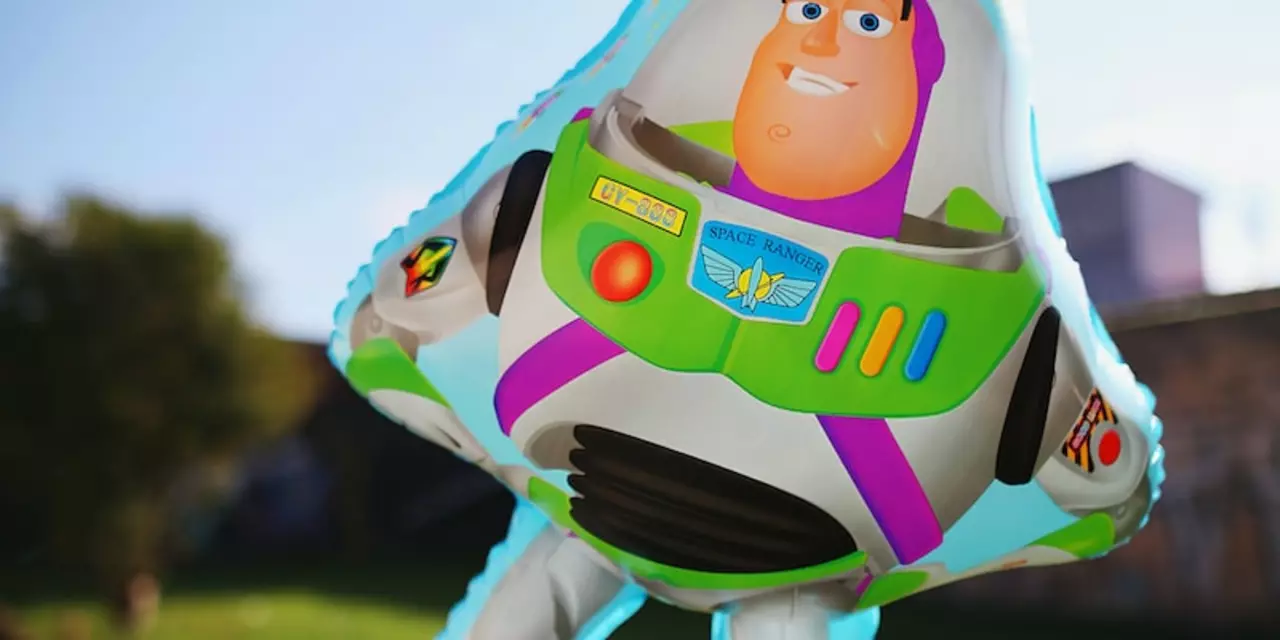Pixar Cars – Fun Facts and Real‑World Car Insights
If you grew up watching Lightning McQueen zip around Radiator Springs, you know Pixar’s Cars franchise feels like a second home for many gearheads. The movies blend bright colors, quirky characters, and surprisingly clever car tricks that stick with you long after the credits roll.
The Magic Behind Pixar’s Car Universe
Pixar builds a whole town out of vehicles, and they don’t just draw wheels – they actually think like mechanics. In the film, cars use their tires, mirrors and even headlights to move objects, act as cranes, or hold up structures. Special vehicles such as forklifts and tiny tow trucks become the hands that build a bridge or lift a roof. This creative shortcut lets the audience see a world where cars can build without human arms, and it makes the animation feel grounded in real engineering logic.
Every character’s shape is carefully tuned to its role. McQueen’s sleek, aerodynamic body mirrors a real race car, while Mater’s clunky frame is a nod to rugged utility trucks. Pixar’s artists study real‑world chassis, suspensions and lighting to give each vehicle a believable personality. The result is a cast that looks like genuine cars while still behaving like cartoon heroes.
From Screen to Garage: Real Car Lessons
What can a car enthusiast learn from a movie about talking automobiles? First, design matters. Pixar shows how a car’s silhouette can convey speed, strength or friendliness in seconds. That principle applies when you pick a performance part – a well‑shaped spoiler or intake not only looks good but also improves airflow.
Second, the movies highlight basic system checks. In several scenes a radiator is shown glowing red, hinting at overheating risk. Real drivers know a hot radiator means low coolant, a stuck thermostat, or a blocked fan. Spotting the warning early can save you from engine damage, a lesson that even a cartoon can teach.
Third, the Films remind us that every component has a purpose. The “building” scenes use forklifts and cranes that, in reality, rely on hydraulic systems and precise controls – much like the high‑performance brakes and suspension parts you’d fit on a German sports car. Understanding how parts work together helps you choose upgrades that complement each other, rather than creating a mismatched setup.
Cars 2 often gets blamed for a weak storyline and too much focus on Mater’s slapstick humor. Critics say the film traded heart for action, leaving fans feeling the emotional spark was missing. That criticism shows how important a clear narrative is, whether you’re watching a movie or planning a car build. A project without a solid goal can end up feeling like a rushed sequel.
Fans of the original Cars still love the simple, feel‑good message that anyone can be a hero on the track. The film’s final race teaches perseverance, teamwork and the value of staying true to yourself – ideas that translate well to the pit lane, where preparation and confidence win races.
Collecting movie merch is another way the franchise feeds car culture. From die‑cast models to branded keychains, these items let you bring a piece of Pixar’s world into your garage. They also make great conversation starters when you’re showing off a fresh set of alloy wheels or a tuned exhaust.
Whether you’re a die‑hard Pixar fan or just love the roar of a V8, the Cars movies give you more than entertainment. They offer glimpses into design, engineering and the joy of tinkering that every car lover appreciates. So next time you watch Lightning speed past the finish line, think about the real‑world parts that make that kind of performance possible – and maybe upgrade your own ride with a bit of Pixar‑inspired confidence.
